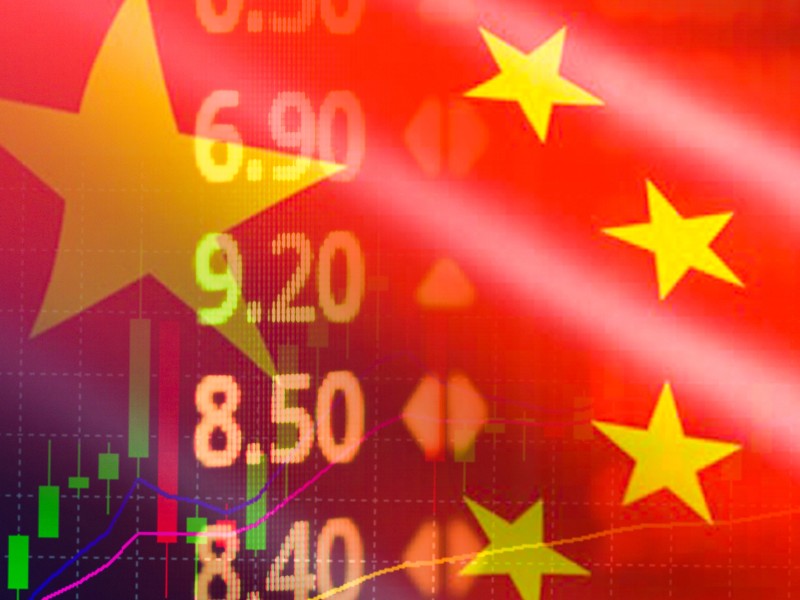
With more opportunities than risks, plan sponsors should take note of Asia’s anticipated growth, says Hong Kong-based Catherine Yeung, investment director with Fidelity International.
While earnings were initially re-rated in the technology and energy sectors, we have since seen appealing upward revisions in materials and heavy industries, which together means that investors must pay attention to the macro outlook in Asia. However, she warns, the political landscape shouldn’t be ignored, including internal/external policy mishaps.
“If we look at geopolitics — the probability of an all-out trade war between the Americans and the Chinese is quite low, but we shouldn’t ignore these heated discussions,” she says.
From an investment perspective, China’s focus on One Belt One Road is a tall order. From a political standpoint, it’s strategic, she says, but tangible investments like the Made in China 2025 strategy are high on the to-do list in the push to technological domination. That means new opportunities for investors.
Growing focus on tech
As China continues to dominate industries like robotics and articifial intelligence (AI), its reputation grows as an innovator versus an imitator. It also has the advantage of producing seven million university graduates a year, all of whom understand the next generation of products on the market.
A good example is Hikvision, a company specializing in security software and facial recognition, and creating tech to assist the Chinese government with keeping crime rates low through 600 million cameras (a figure expected to rise to two billion over the coming years) watching citizen activity daily. Yeung also cites Tencent, a multinational conglomerate specializing in Internet- related products and other AI applications, which continues
to attract global and Chinese investors, driving MSCI China up. Both of these companies operate out of China. Hikvision is headquartered in Hangzhou while Tencent is in Shenzhen — both cities are commonly compared to China’s equivalent of Silicon Valley in the U.S.
While a herd mentality among investors in China could create technical risk, the Chinese government is encouraging households to move their asset allocations away from such a skew toward property to a more diversified approach. Yeung compares this to your average Canadian household asset allocation, where investments are chosen to reduce risk and diversify.
China’s growth leads to other Asian opportunities as well. For example, the pair trade emerging between India and China shouldn’t be discounted, she says, particularly because India stands a great chance of absorbing all the low-end foreign direct investment that China doesn’t want anymore. What is key for India, though, is that the government improves the ease of doing business for foreign companies — something that is occurring given the pickup in infrastructure.
“If they (China and India) can get the logistics and productivity right, which, in turn, underpin the investment cycle, this could be a game changer for these two economies.”
